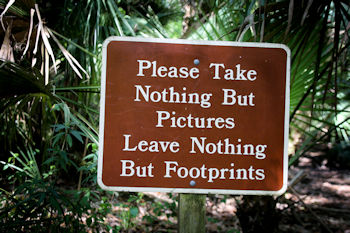Sustainable and Renewable Energy
What’s the Difference between Sustainable and Renewable Energy?
Some people use sustainable and renewable Energy interchangeably. But there’s actually a difference. Sustainable energy comes from sources that don’t need to be renewed. Think solar and wind, which are 2 sources that are endless. Renewable Energy isn’t endless but can be renewed with certain actions. Think of crops or biomatter. Below I will try to inform you about these types of energy. And why it’s so important they replace traditional energy sources like petroleum and coal for the future of our planet.
Sustainable and Renewable Energy Pros and Cons
I was researching the positives and negatives of both sustainable and renewable energy. The problem is that many places, from local governments to private companies don’t see the difference between the two. In their discussions they lump them together. As I mentioned above, sustainable energy is one that can keep going indefinitely on its own. Whereas renewable energy needs to be created on an ongoing basis. In the pros and cons of sustainable and renewable energy I am talking about both.
Pros
1. Don’t produce fossil fuel greenhouse emissions.
2. Cleaner air and water.
3. Reduces dependence on imported fuels for most countries.
4. Diversifies our energy supply.
5. Creates economic development and jobs.
6. This type of energy will never run out (as opposed to fossil fuels, etc.).
7. Zero carbon emissions.
8. Conserves natural resources.
9. Don’t contribute to global warming.
10. This type of energy is generally less expensive.
11. Give us a way forward from polluting non renewable energies.
Cons
1. Higher capital costs/up front costs.
2. Can be unreliable (for example: solar panels won’t produce energy on cloudy days and wind energy falls on calm days).
3. Energy storage can be a challenge and expensive. Thankfully, future technology may/can change this.
4. It is impacted by environmental conditions. Wind turbines work best in large open areas with consistent wind.
5. Manufacturing, transport and installation can create a carbon footprint.
6. Wind energy can be dangerous to some wildlife, especially birds and bats.
7. Mining has to occur to generate the metals and other products, such as batteries, needed to build wind and solar farms. This often occurs in developing countries without strong environmental standards.
7. Geographic limitations. As an example, a desert would have difficulty using hydropower.
Petroleum and Coal as Sources of Energy
The main reason that I view old energy sources such as oil, gas, coal, etc. as negative is that they are polluting our planet. Another thing they do is contribute to global warming. Gas as a form of energy is finite, once it’s gone, it’s gone. Oil takes at least 50 million years to form and is not sustainable or renewable. Another thing to take into consideration is that it pollutes. It also contributes to global warming. When gasoline evaporates it gives off carbon monoxide, nitrogen oxides, particulate matter, and unburned hydrocarbons. And when gas burns it produces carbon monoxide. These are bad for the environment.
And whether we want to admit it or not, petroleum contributes to wars and nasty politics. Power is a heady thing and those who want or have these negative sources of energy will fight for it. In the immortal words of John Lennon in Imagine: “Nothing to kill or die for.. Imagine all the people living life in peace”.
In Conclusion
We need to use sustainable and renewable energy for the health of our planet and future generations. Global warming is already a big problem. I’m seeing the effects in the small town I live in outside of Tucson, Arizona. Things like colder winters and hotter summers. Also the monsoon season that used to be regular as clockwork, according to old timers, is no longer dependable. I hope you will join me in promoting sustainability via sustainable and renewable energy use.



